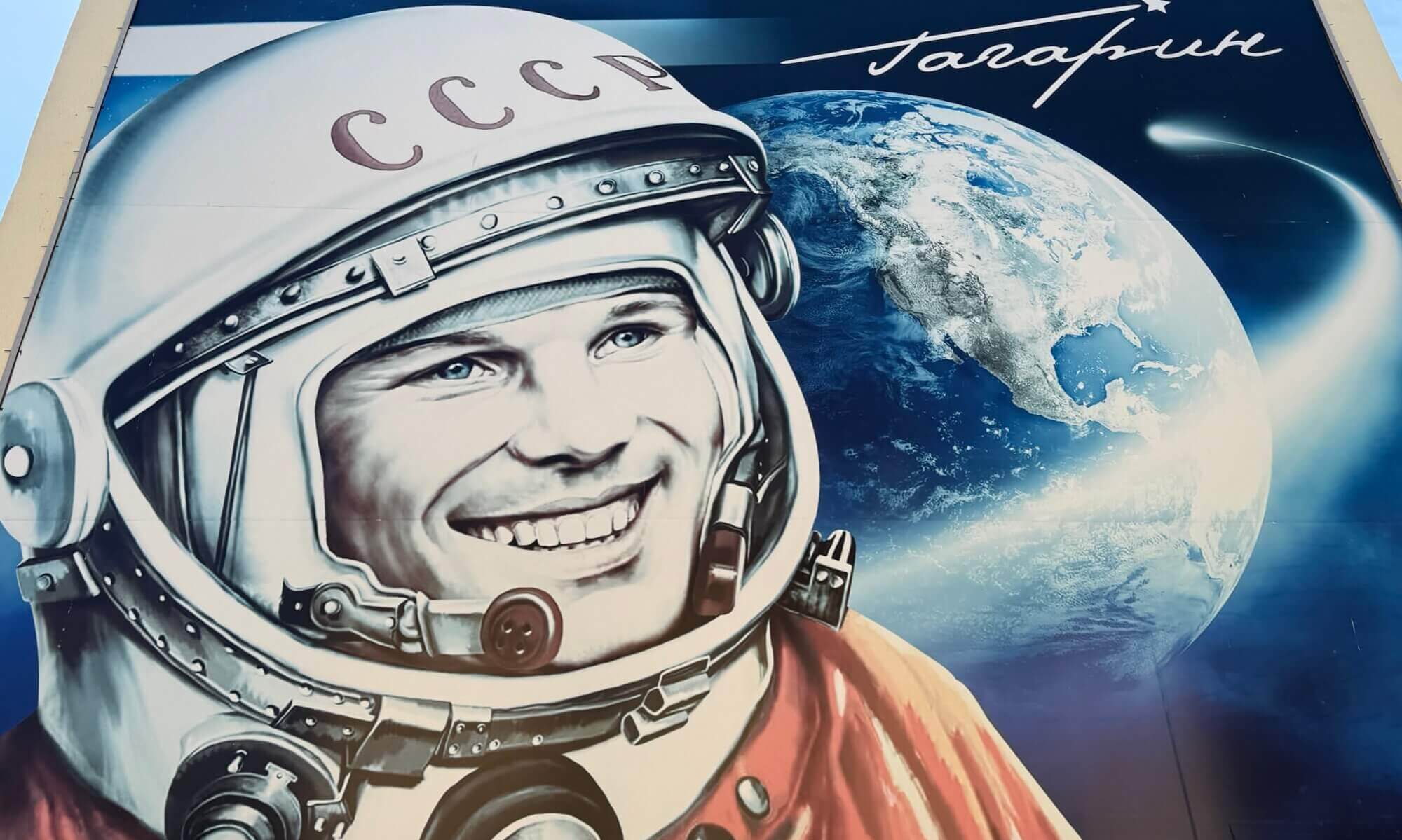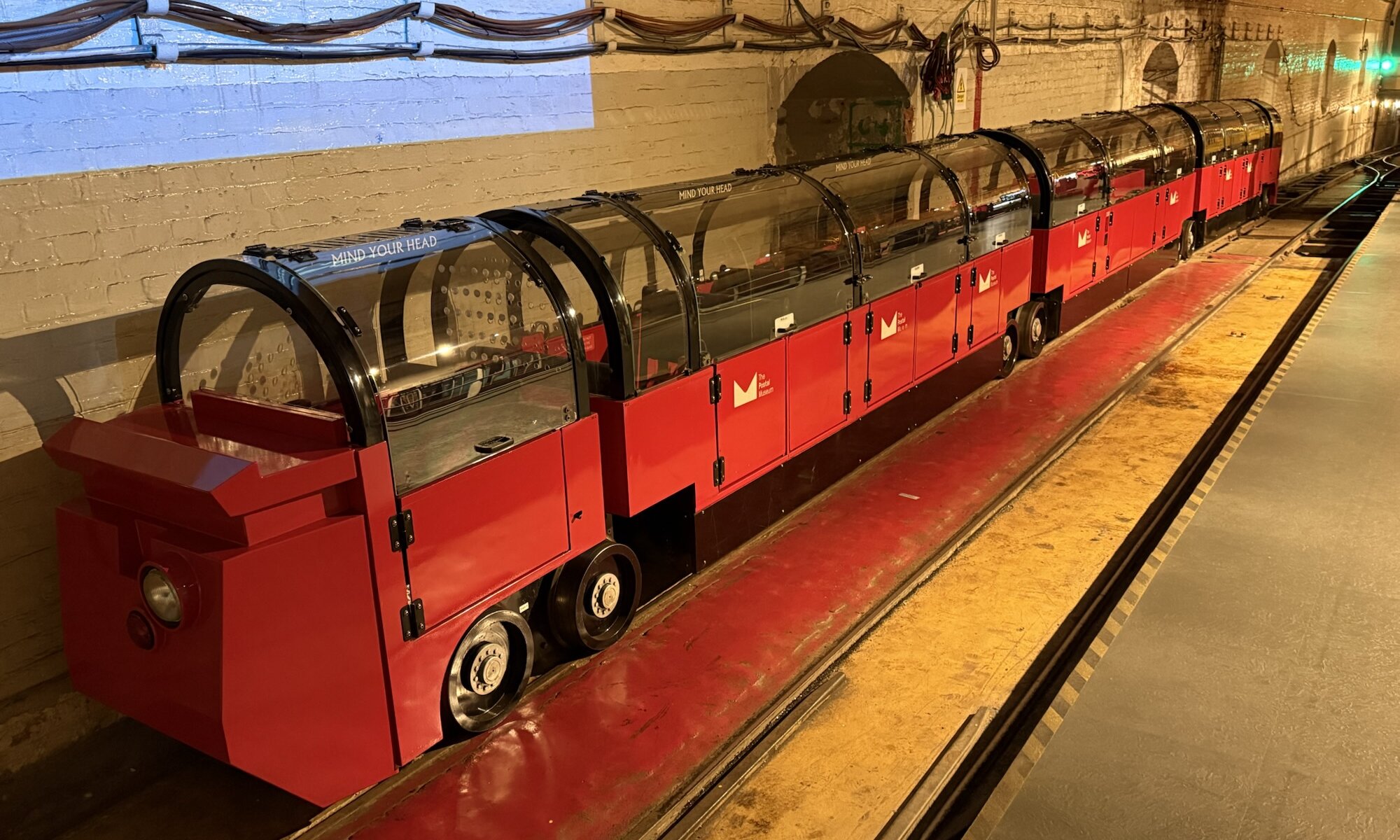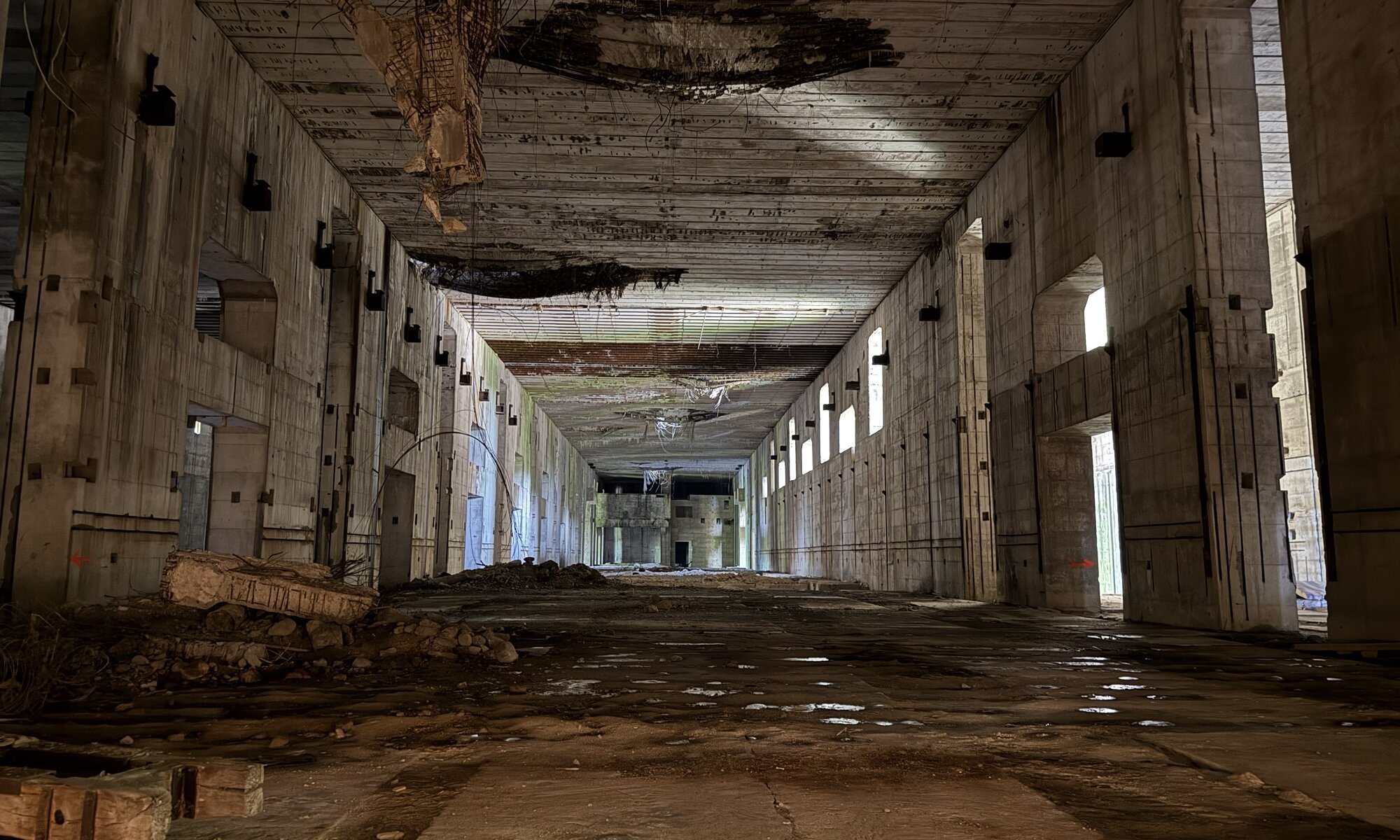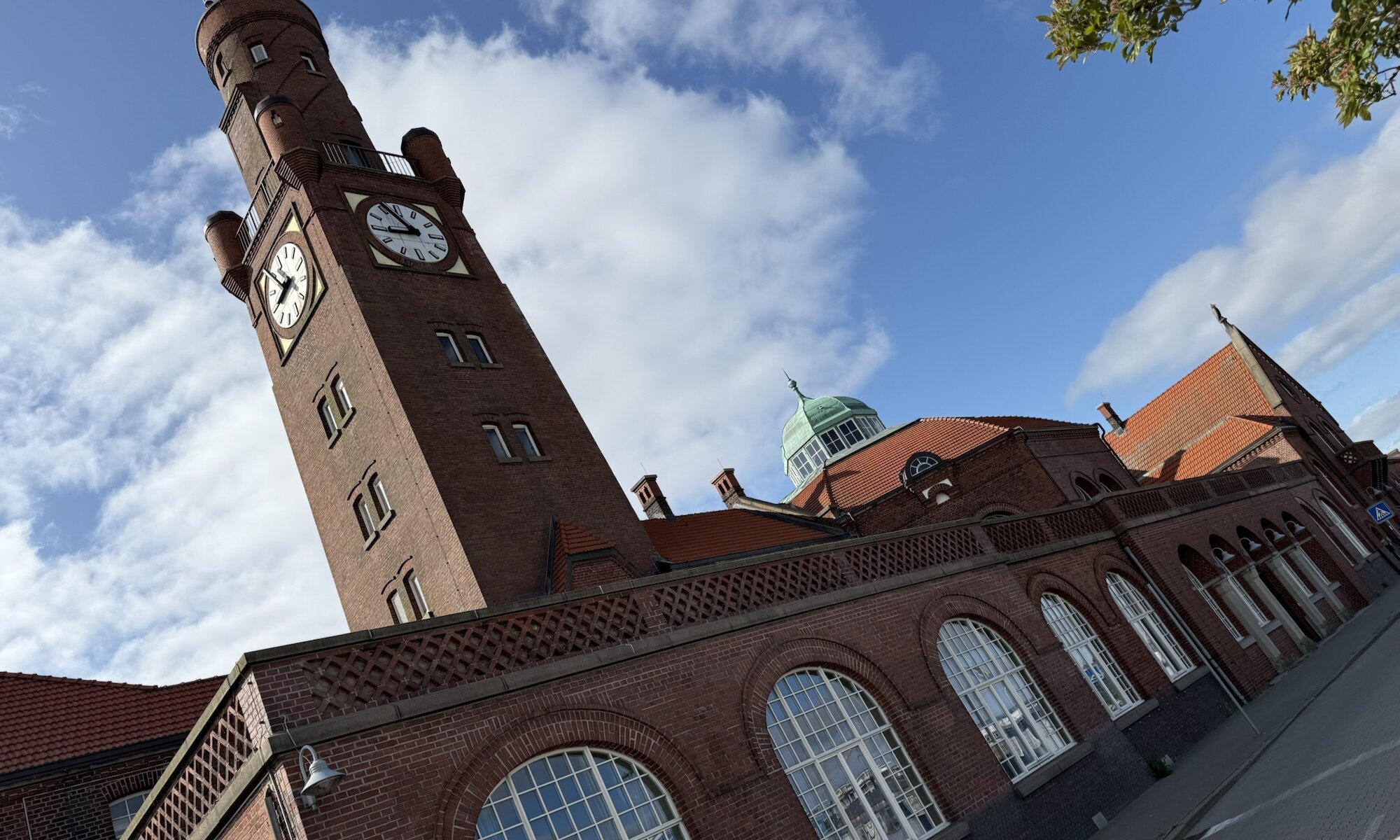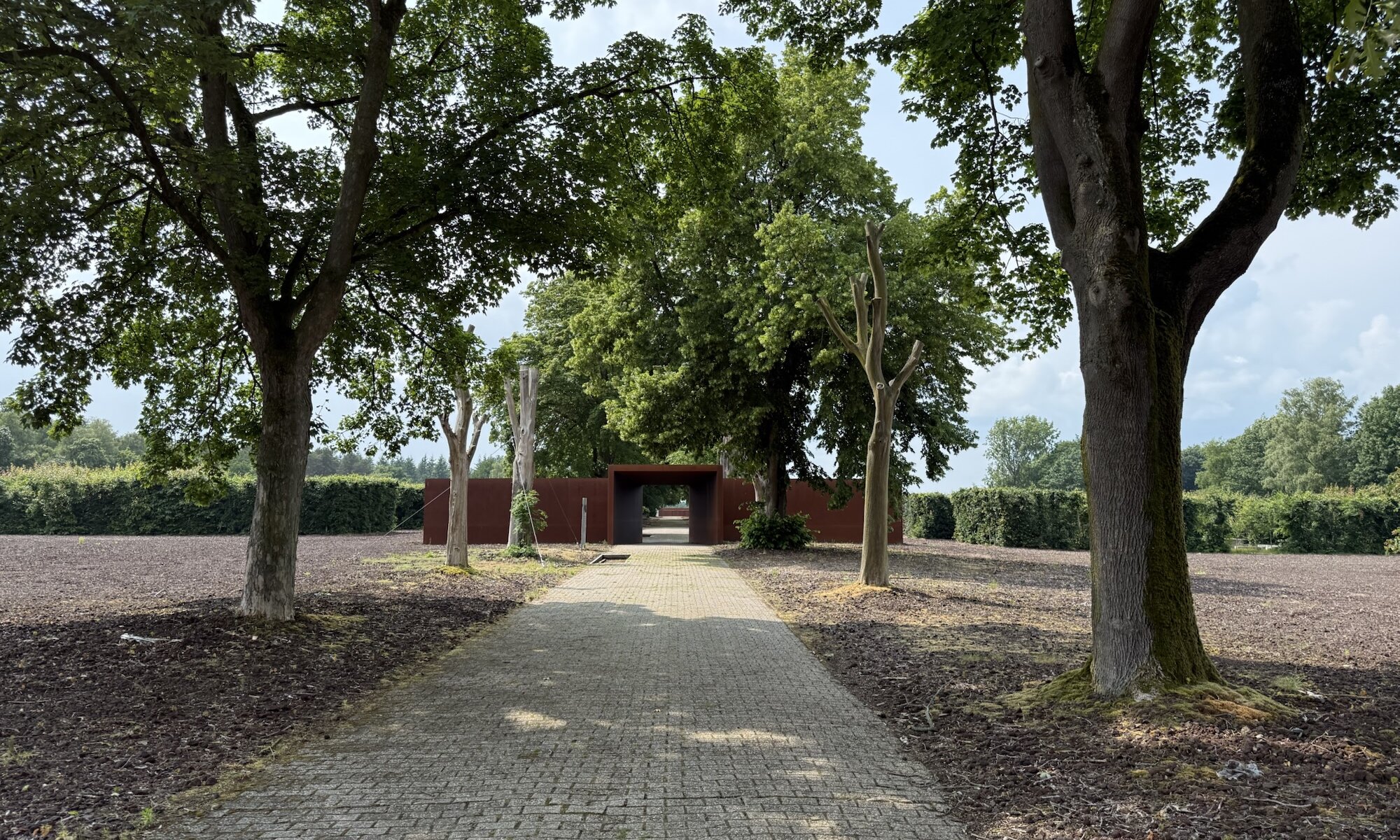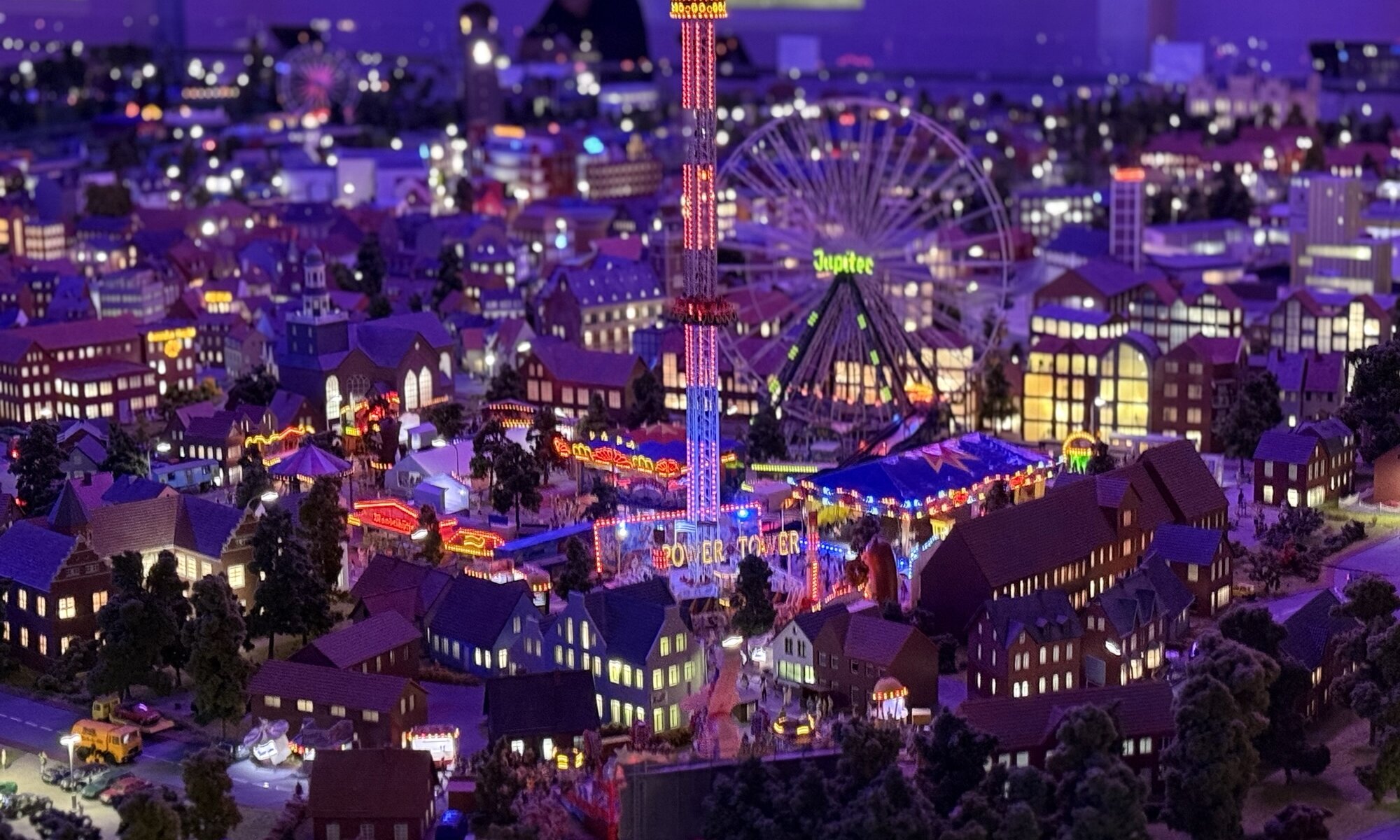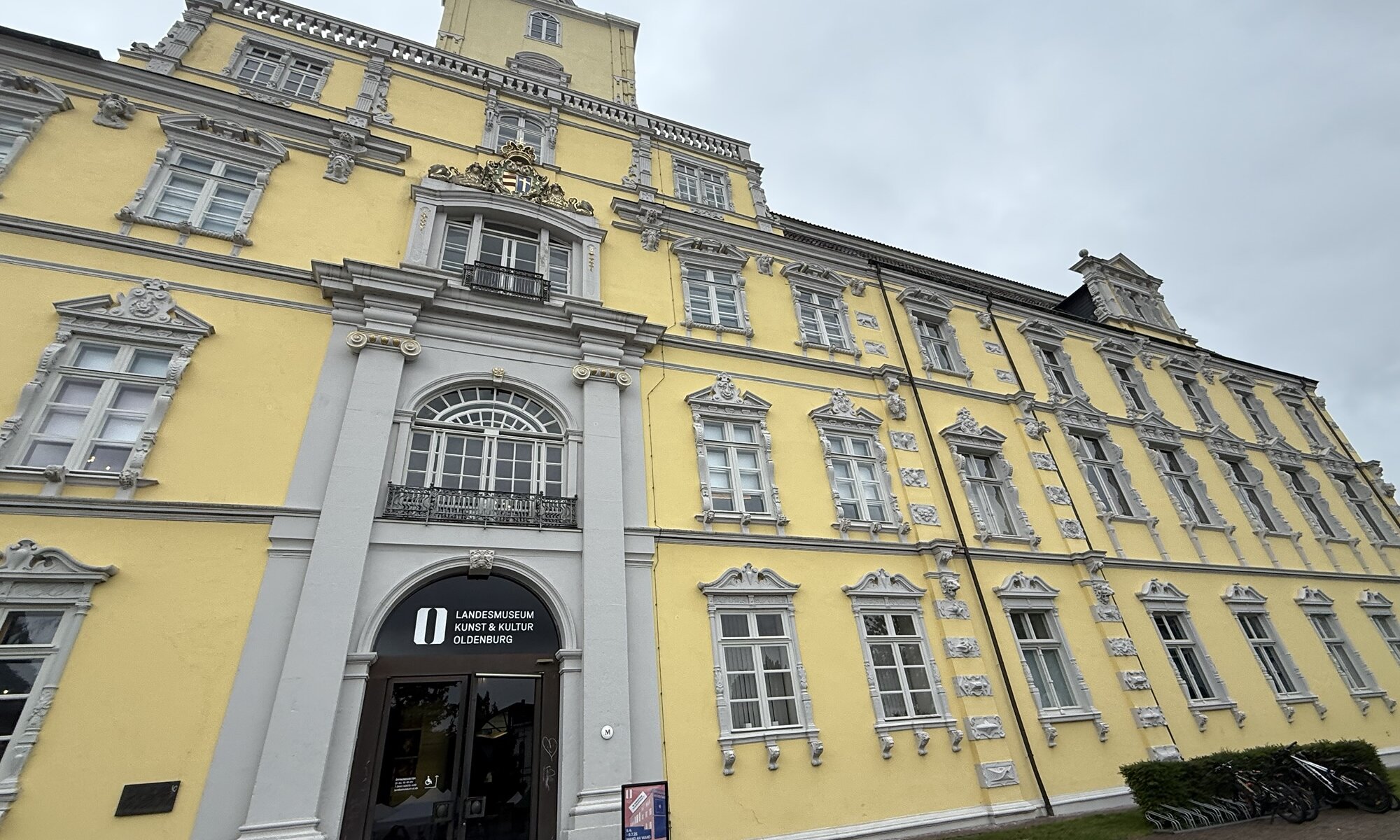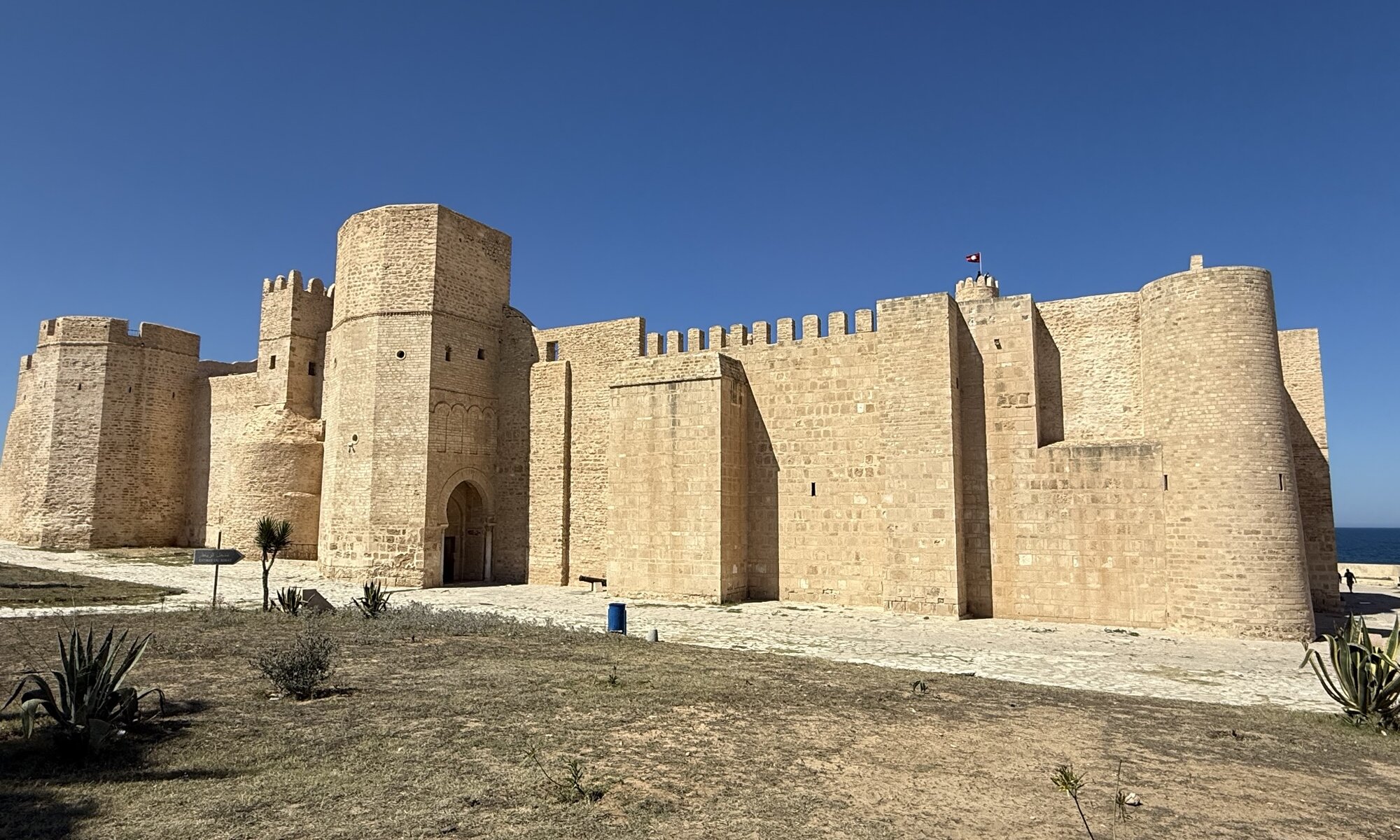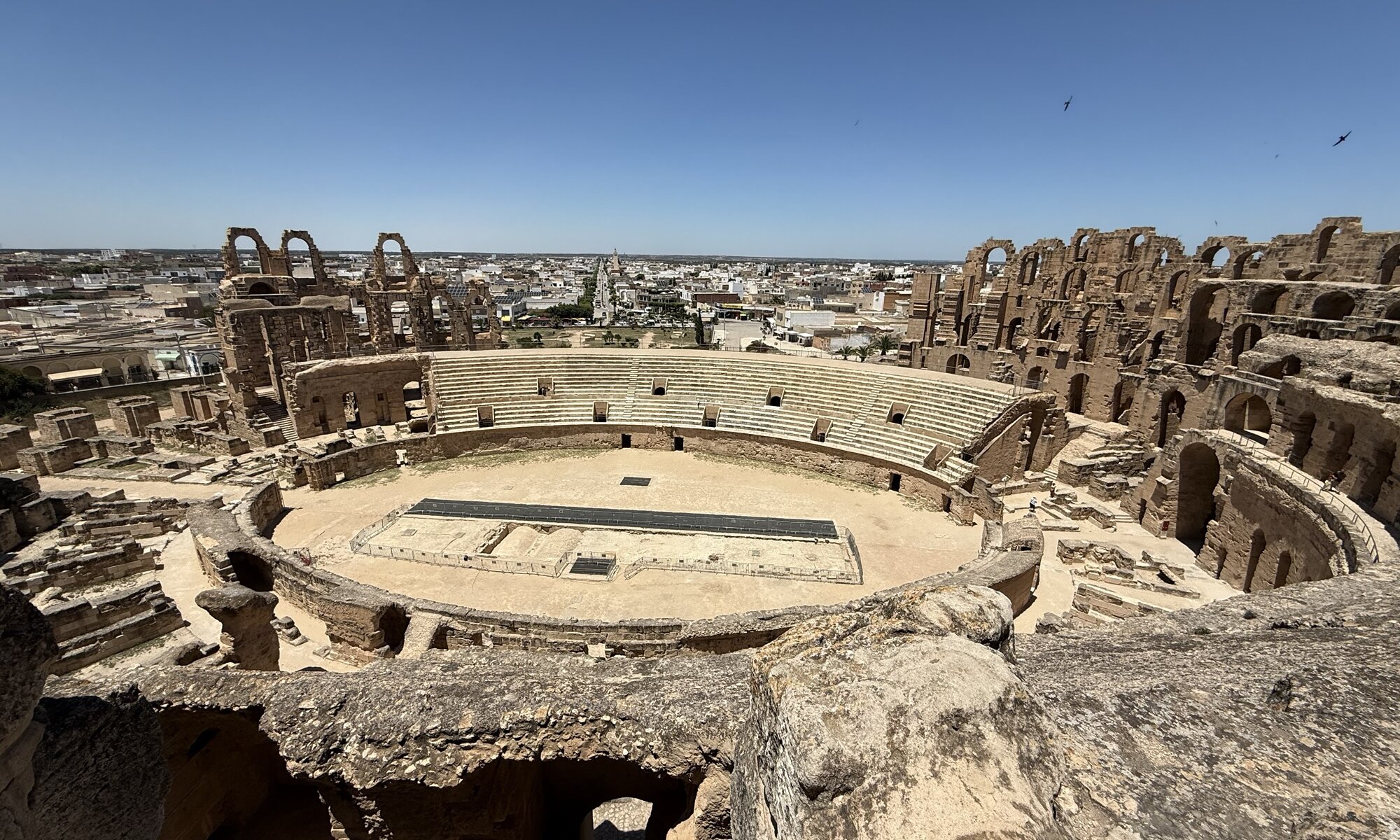Beneath the bustling streets of London lies a unique piece of the city’s industrial heritage: the Mail Rail. Originally known as the Post Office Railway, this driverless, narrow-gauge railway was built in the early 20th century to transport mail quickly and efficiently between major sorting offices across the city. Construction began in 1915, but due to the disruptions of World War I, the railway only opened in 1927. For 76 years, the Mail Rail operated tirelessly, shuttling letters and parcels through six and a half miles of tunnels, until it was finally closed in 2003 as road transport became more practical for the Royal Mail.
Continue reading “Mail Rail”Bunker Valentin
Located near Farge on the banks of the river Weser just outside Bremen, Bunker Valentin is one of the largest above-ground bunkers in Europe and a haunting reminder of the final phase of World War II. Construction began in 1943, as the Nazi regime sought to protect its crucial submarine production from relentless Allied bombing. The plan was to assemble the advanced Type XXI submarines here, using innovative assembly-line techniques inside a massive, bomb-proof structure. The parts would have been preproduced in Hamburg and Danzig; the idea was to release a new U-Boot every 56 hours. The bunker stretches an astonishing 426 meters in length and 97 meters in width, with walls and a roof several meters thick – designed to withstand even the heaviest aerial attacks.
Continue reading “Bunker Valentin”Hapag
Stepping into the world of Hapag is like opening a chapter of German maritime history that shaped global shipping for more than a century. Founded in the bustling port city of Hamburg in 1847, the Hamburg-Amerikanische Packetfahrt-Aktien-Gesellschaft – better known as Hapag – quickly became synonymous with reliable transatlantic travel and trade. In its early days, Hapag connected Europe and North America, carrying both hopeful emigrants and valuable cargo across the ocean. Over the decades, it grew into one of the world’s most prestigious shipping lines, pioneering new routes and building some of the largest and most luxurious ocean liners of its time.
Continue reading “Hapag”Emslandlager
The Emslandlager were a network of 15 camps established by the Nazi regime in the Emsland and Bentheim regions of northwestern Germany. These camps, including the notable Esterwegen camp, were constructed from 1933 and served various functions over time: they started as concentration camps for political prisoners, then became punitive and prisoner-of-war camps, and later housed a mix of convicts, forced laborers, and military prisoners. The camps were notorious for their harsh conditions and forced labor, particularly the draining and cultivation of the surrounding moorlands, which became a symbol of the inmates’ suffering and resilience.
Continue reading “Emslandlager”Meyer-Werft
The MEYER WERFT in Papenburg is a shipyard with a remarkable legacy, having been founded in 1795 by Willm Rolf Meyer. Initially, the company focused on building small wooden sailing vessels, which was typical for the region at the time. Over the centuries, the shipyard demonstrated a pioneering spirit, especially in the late 19th century when it became the first in the area to switch from wooden ships to iron-hulled steamers – a move that secured its survival while many other local shipyards closed down.
Continue reading “Meyer-Werft”Miniaturland
The Leeraner Miniaturland is a captivating destination for anyone interested in model landscapes and regional culture. Spread across more than 1,500 square meters, the exhibition brings the essence of northwestern Germany to life in intricate detail. Visitors can explore miniature versions of Ostfriesland, Oldenburg, Bad Zwischenahn, the Ammerland, and even Berlin, all crafted at a 1:87 scale. The models showcase not just buildings and landmarks, but also lively scenes featuring moving trains, cars, ships, and over 130 interactive elements that visitors can control themselves.
Continue reading “Miniaturland”Schloss Oldenburg
The Schloss at Oldenburg is a striking example of Renaissance architecture, built primarily in the early 17th century on the site of a medieval lowland castle dating back to around 1100. The transformation into a residential mansion was initiated by Count Anton Günther of Oldenburg, who modeled it after Italian palazzi, resulting in a four-wing complex with Renaissance-style façades adorned with sculptural details. Over the centuries, later rulers added elements of Classicism and Neorenaissance, giving the Schloss a rich architectural layering that reflects its long history as a seat of power and culture in the region.
Continue reading “Schloss Oldenburg”Ribat
The Ribat de المنستير is a remarkable example of early Islamic military architecture, built in 796 AD by the Abbasid governor Harthama ibn A’yan during the Muslim conquest of the Maghreb. It stands as the oldest ribat constructed by the Arab conquerors and remains one of the most prominent historical monuments in Monastir, Tunisia. Originally designed as a fortress to protect the coastal region, the structure features a quadrilateral layout that was expanded over centuries, incorporating circular and polygonal towers to enhance its defensive capabilities. The ribat also includes two mosques and small rooms used by warrior monks for prayer and meditation, reflecting its dual military and religious functions.
Continue reading “Ribat”El Jem
The Amphithéâtre de El Jem, located in modern-day Tunisia, is an extraordinary example of Roman architecture in Africa, built around 238 AD. It stands out as one of the largest and best-preserved Roman amphitheatres, capable of holding about 35,000 spectators. Unlike many amphitheatres built into hillsides, El Jem’s structure is free-standing on flat ground, supported by a sophisticated system of arches and stone blocks without foundations. Its elliptical shape measures roughly 148 by 122 meters, and it features three levels of arcades with Corinthian or composite columns, reflecting a high level of architectural accomplishment for its time. The arena also includes subterranean facilities for animals and gladiators, accessed through trap doors, demonstrating advanced engineering.
Continue reading “El Jem”Kairouan
القيروان, founded around 670 AD by the Umayyads during Caliph Mu’awiya’s reign, is a historically significant city in Tunisia and the Maghreb. It was the first Muslim city established in this region and quickly became a major center of Arab-Muslim civilization. For five centuries, Kairouan served as the capital and a vibrant hub of culture, education, and religion, reflecting the early development of Islamic architecture and urbanism. Its medina, with over a hundred monuments, narrow winding streets, and traditional souks, remains a living museum of Islamic art and history.
Continue reading “Kairouan”